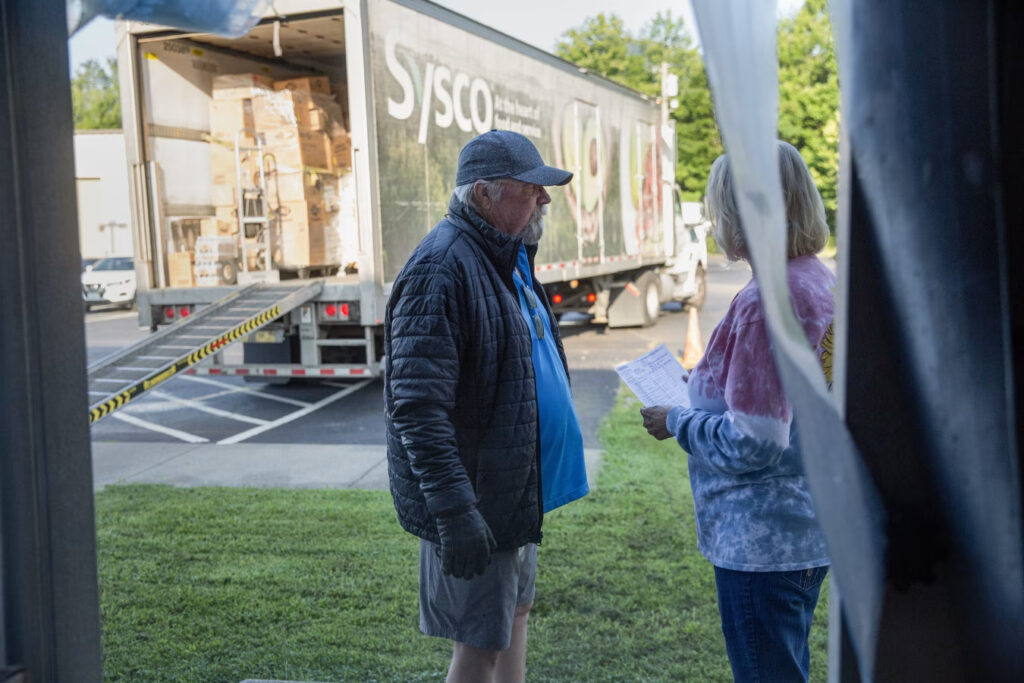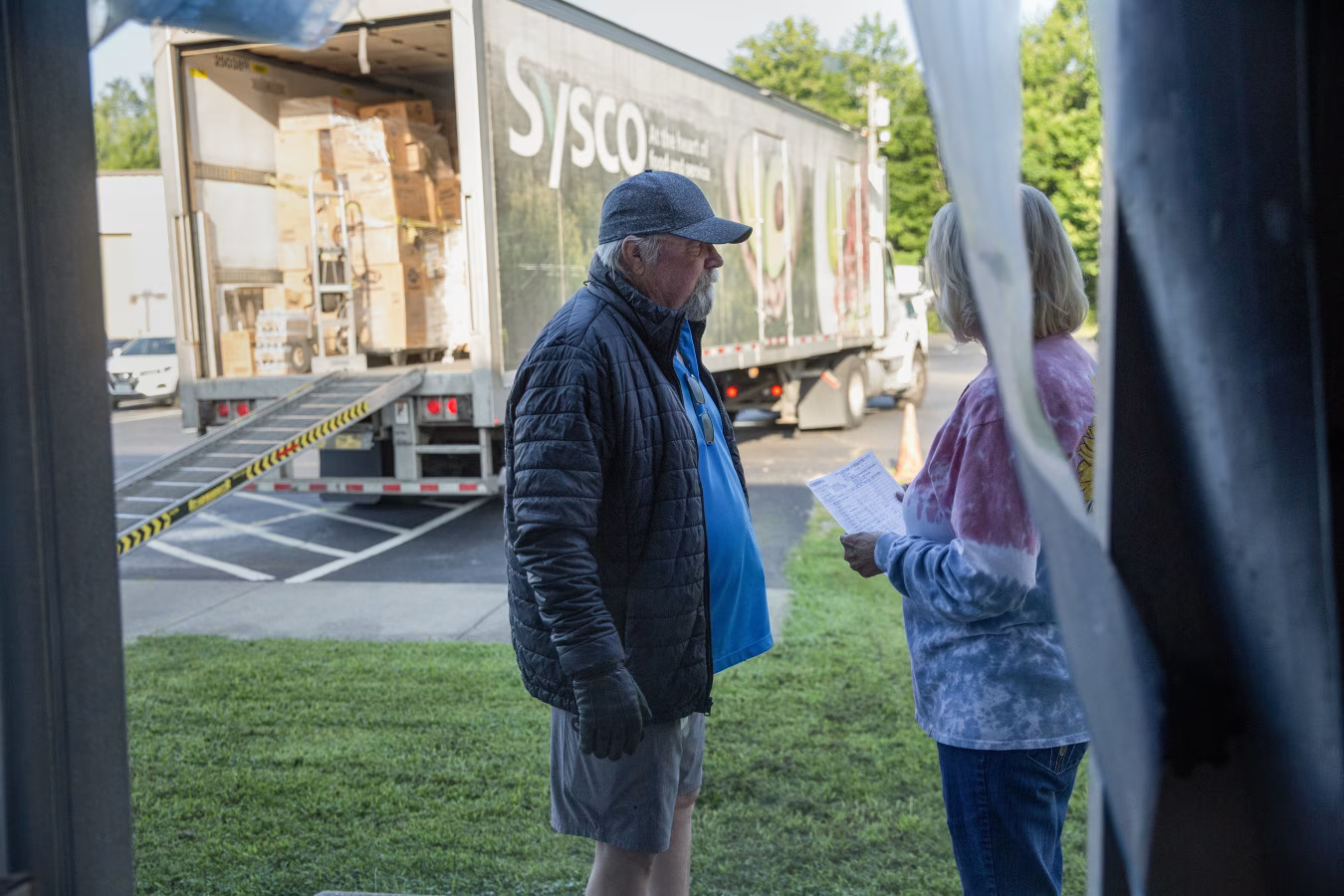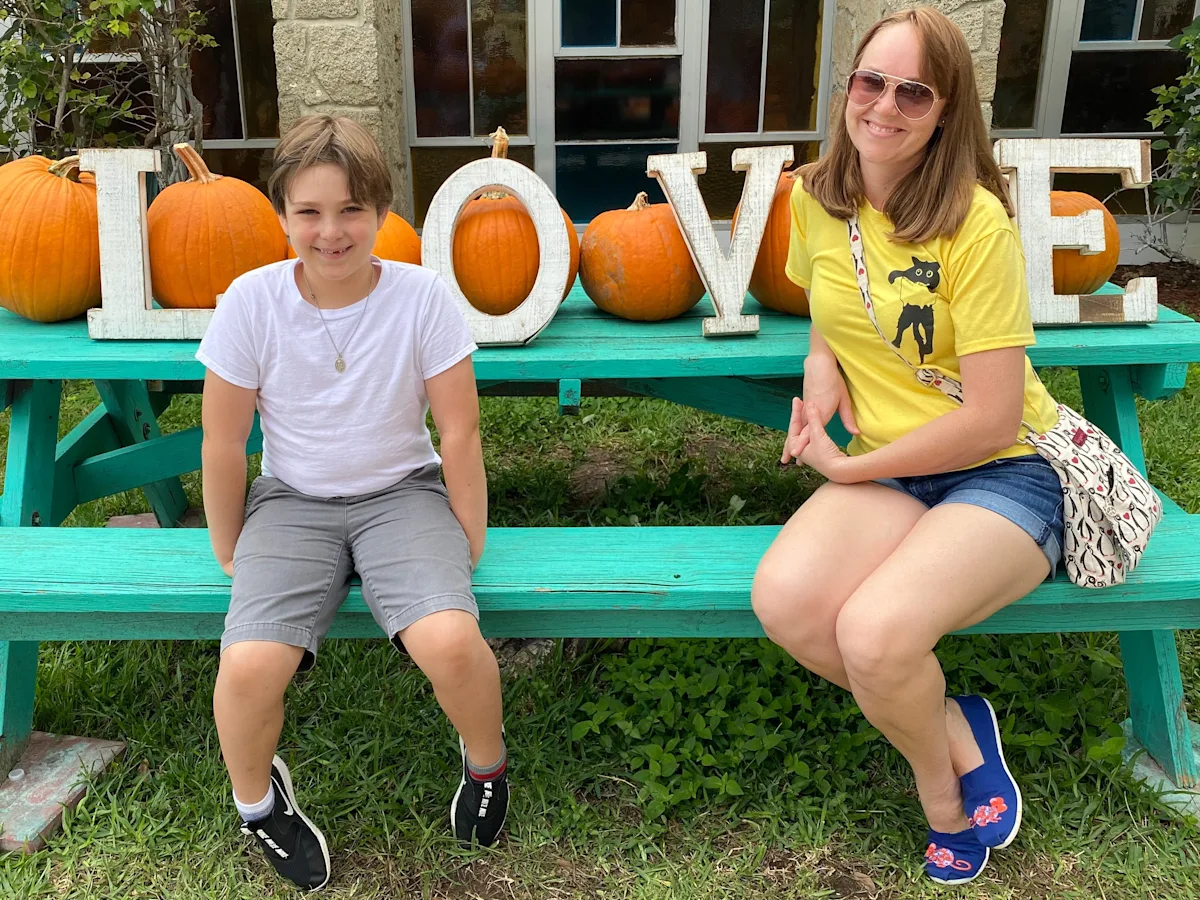As the golden years approach, millions of older Americans are facing an unexpected reality: aging alone, without the traditional safety net of family or close kin. This growing trend, fueled by longer lifespans, rising divorce rates, and shrinking families, is reshaping how society must think about elder care. From rural homes to urban apartments, seniors like Gerri Norington and Mary Felder are navigating a world where independence comes with unique challenges. Their stories, and those of countless others, highlight a pressing question: Who will care for the millions aging on their own?
A Rising Tide of Solo Seniors

More than 16 million Americans over 65 live by themselves, a number that’s surged since the 1950s when only 1 in 10 older adults did so, according to 2023 Census Bureau data. This “gray revolution” is driven by longer lifespans, higher rates of divorce and childlessness, and families spread across the country. Nearly 4 in 10 seniors living alone face health challenges like vision or hearing loss, cognitive issues, or difficulties with daily tasks, a KFF analysis found. These vulnerabilities amplify the risks of isolation, depression, and neglect, often leading to more hospitalizations and earlier deaths.
Gerri Norington, a 78-year-old Chicago resident, embodies this shift. After her first marriage ended in divorce and her second husband passed away over 30 years ago, she’s lived alone since 2006. “I miss having a companion who I can talk to and ask ‘How was your day?’ or ‘What do you think of what’s going on in the world?’” she shared. Her story reflects a broader demographic change, with women making up over 60% of solo seniors, many empowered by new opportunities but facing unique struggles.
The Personal Toll of Living Alone
For many, solitude is a choice, but it comes with trade-offs. Mary Felder, 65, lives in a century-old rowhouse in Philadelphia’s Strawberry Mansion neighborhood. Having raised her children there, she now maintains the home alone, a task made harder by costly repairs and safety concerns. “In rainstorms, she sometimes had to use every piece of fabric in the house to sop up water pouring down a kitchen wall,” her story reveals. Despite nearby family, the upkeep and isolation weigh heavily, prompting dreams of relocating to her childhood South Carolina.
Similarly, Ken Elliott, a retired psychology professor in Mount Vernon, Maine, lives without close relatives nearby. “Aging without a mythic family support system — which everyone assumes people have — is tough for everybody,” he said. His only living relative, a brother in California, underscores the geographic dispersion that leaves many seniors without immediate support. These personal accounts highlight the emotional and practical burdens of aging alone, from loneliness to the challenge of managing daily needs.
Systemic Gaps in Elder Care

The U.S. healthcare system is ill-equipped to support the growing number of solo seniors, particularly those without children—about 1 in 6 Americans over 55. The long-term care system ranks poorly among developed nations, with hundreds of thousands on waiting lists for home-based care. “If you were starting from scratch, you would never design a system this way,” said David Grabowski, a Harvard professor studying long-term care economics. Over 40 million Americans provided unpaid care to loved ones over 50 last year, often at great personal cost, yet many solo seniors lack such support.
Medicare, while robust for acute medical needs, doesn’t cover long-term home care, and Medicaid’s waitlists are daunting. Nursing homes, often understaffed and profit-driven, offer poor alternatives, with quality declining in many facilities. “The United States ranks near the bottom of developed economies in the number of older adults who receive long-term care at home,” experts note, leaving seniors like Norington and Felder to fend for themselves or rely on patchwork community resources.
Adapting to a New Reality
Despite the challenges, some seniors find ways to thrive. Donna Selman, a 55-year-old college professor in Illinois, embraced her independence after a divorce, cherishing the autonomy her mother’s generation lacked. During the COVID-19 pandemic, she built new routines to combat loneliness, quitting drinking and connecting regularly with friends. “For many solo adults, the pandemic highlighted the challenges of aging,” she reflected, but it also spurred resilience. Her move to Normal, Illinois, aligned with her progressive values, showing how some adapt by seeking supportive communities.
Others, like Felder, lean on nearby family or neighbors, though not without strain. She and a neighbor, Quinzel Miller, clean alleys together, a small act of community that eases the burden of isolation. Yet, these individual efforts can’t replace systemic support. Experts like Markus Schafer, a sociologist at Baylor University, ask, “Can they continue to find other supports that compensate for living alone?” The answer depends on reimagining elder care to prioritize independence and connection.
A Call for Change
The rising number of solo seniors—projected to grow as baby boomers age—demands urgent action. By 2034, Americans over 65 will outnumber children, straining Social Security and Medicare, which aren’t designed for this demographic shift. Proposed solutions include Biden’s $400 billion investment in home-based care, though experts like Grabowski question if it’s enough. “Hopefully that will buy you a lot of community-based care,” he said, but the challenges remain daunting.
Advocates push for age-friendly care models, like the 4Ms Framework, which focuses on what matters to seniors—mobility, medications, mind, and meaningful connections. Yet, only one in five older adults report providers assessing these needs regularly. “Older adults deserve health care partners who understand what they are going through,” said Ken Dychtwald of The John A. Hartford Foundation. As stories like Norington’s and Felder’s show, the path forward requires not just policy but a cultural shift to value and support those aging alone.





